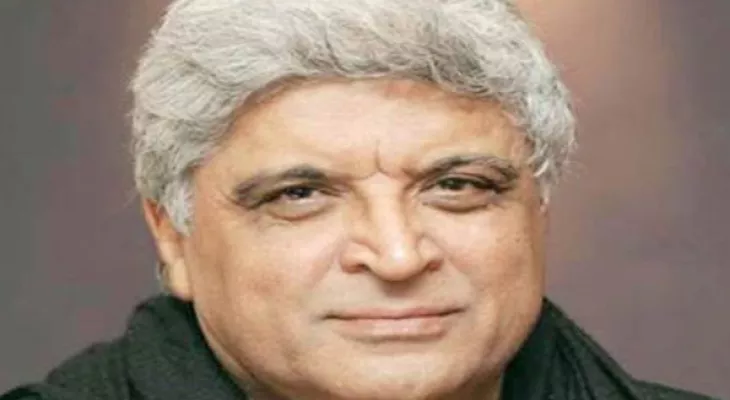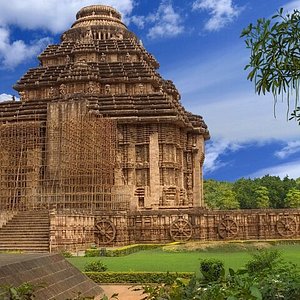Unveiling the Mystique of Lord Shiva’s Night of Revelations

Feature: Mahashivratri, a celestial night dedicated to Lord Shiva, holds profound significance in Hindu culture and spirituality. This sacred festival, celebrated annually on the 14th day of the dark fortnight in the Hindu month of Maagha or Phalguna (usually February or March), is marked by fervent prayers, fasting, and traditional rituals observed by millions worldwide. As the moon wanes and the night unfolds, devotees immerse themselves in devotion, seeking blessings and spiritual renewal.
Mahashivratri: A Blend of Tradition and Spirituality
Mahashivratri transcends mere religious observance, embodying deep-rooted symbolism and cultural heritage. It signifies the triumph of light over darkness and the pursuit of spiritual enlightenment. Temples adorned with decorations, sacred chants, and incense create an atmosphere of sanctity and reverence, fostering a sense of unity among devotees.
Throughout the years, Mahashivratri has evolved, bringing together communities in celebration. The festival’s observance varies across regions, showcasing diverse cultural expressions and traditions. Despite geographical boundaries, devotees worldwide participate in the festivities, underscoring Mahashivratri’s universal appeal.
Mahashivratri: An Epitome of Mythology and Legends
Among thousands of Hindu deities, Lord Shiva occupies a preeminent position as one of the principal gods of the religion. Often depicted as the destroyer within the Hindu Trinity, alongside Brahma, the creator, and Vishnu, the preserver, Shiva is revered for his role in cosmic dissolution and regeneration. Yet, beyond his cosmic responsibilities, Shiva embodies numerous other attributes, including auspiciousness, benevolence, and profound wisdom.
The origin story of Mahashivratri is steeped in Hindu mythology, with various legends and narratives offering insights into its significance. One prominent legend recounts the divine marriage of Lord Shiva with Parvati, his consort, on this auspicious day. It is believed that on the night of Mahashivratri, Shiva performed the cosmic dance of Tandava, symbolizing the rhythmic creation, preservation, and destruction of the universe. The word “Mahashivratri” means “the big night of Shiva” in Sanskrit.
Celebration Across the World
Mahashivratri is celebrated with fervor and enthusiasm across the world, reflecting the universal appeal and reverence for Lord Shiva. While its roots lie in ancient Indian traditions, the festival has transcended geographical boundaries, captivating the hearts and minds of devotees worldwide. In India, the celebration of Mahashivratri varies regionally, with different customs and rituals observed in various states. From elaborate temple processions and sacred baths in holy rivers to night-long vigils and cultural performances, the festival manifests in diverse forms, showcasing the rich tapestry of Indian culture and traditions.
Beyond India, Mahashivratri is celebrated in countries with significant Hindu populations, including Nepal, Mauritius, Indonesia, and Malaysia. In these regions, devotees gather in temples and community centers to offer prayers, perform rituals, and partake in festivities that honor Lord Shiva. In recent years, the celebration of Mahashivratri has also gained popularity in Western countries, where yoga practitioners, spiritual seekers, and devotees of Indian culture come together to mark the occasion with meditation, chanting, and spiritual discourses.
Evolution of Mahashivratri Celebration
Over the centuries, the celebration of Mahashivratri has evolved, adapting to changing social and cultural contexts while retaining its core spiritual essence. While traditional rituals such as fasting, offering prayers to Shiva, and performing Abhishekam (ritual bathing of the Linga) remain central to the observance of Mahashivratri, contemporary celebrations have incorporated modern elements such as musical concerts, dance performances, and social service activities.
Moreover, the advent of technology has enabled devotees to participate in Mahashivratri celebrations virtually, with live-streamed events, online satsangs, and virtual darshans connecting individuals across the globe in a shared expression of devotion and reverence for Lord Shiva.
Mahashivratri: A Spiritual Journey
Mahashivratri holds profound spiritual significance among Hindus, serving as a time for introspection, purification, and spiritual renewal. It is deeply rooted in ancient Hindu texts, scriptures, and mythology, with its observance guided by spiritual teachings and philosophical insights.
One of the primary spiritual significances of Mahashivratri lies in its association with the concept of self-realization and transcendence. Lord Shiva, the principal deity revered on this auspicious day, symbolizes the highest state of consciousness and spiritual awakening. Devotees believe that by immersing themselves in prayers, meditation, and acts of devotion on Mahashivratri, they can attain a deeper understanding of their true nature and realize the eternal presence of the divine within themselves.
Mahashivratri is also seen as an opportunity for devotees to purify their minds and hearts, letting go of negative tendencies and egoistic desires that hinder spiritual growth. The act of fasting on Mahashivratri is not merely a physical discipline but a spiritual practice aimed at disciplining the mind and cultivating self-control. By abstaining from food and worldly distractions, devotees aspire to attain a state of inner purity and clarity, allowing them to connect more deeply with the divine presence of Lord Shiva.
Moreover, Mahashivratri is believed to be a propitious time for seeking divine blessings and spiritual guidance from Lord Shiva. Devotees offer prayers, perform rituals, and recite sacred hymns (mantras) dedicated to Shiva, seeking his grace and benevolence in overcoming obstacles, dispelling ignorance, and attaining liberation (moksha) from the cycle of life.
The significance of Mahashivratri also extends to the concept of cosmic dissolution and regeneration, symbolized by Lord Shiva’s role as the destroyer within the Hindu Trinity. As the cosmic dancer (Nataraja), Shiva performs the Tandava, the dance of creation, preservation, and destruction, signifying the nature of existence and the eternal rhythm of life. Mahashivratri thus serves as a reminder of the impermanence of the material world and the eternal nature of the soul, encouraging devotees to seek spiritual fulfillment beyond transient pleasures and possessions.
Furthermore, Mahashivratri fosters a sense of unity and devotion among Hindus, transcending caste, creed, and social divisions. Regardless of their backgrounds, devotees come together to celebrate the festival with fervor and enthusiasm, sharing in the collective experience of worshiping Lord Shiva and seeking his blessings for spiritual upliftment and inner peace.
Conclusion
In essence, Mahashivratri is more than just a religious observance; it is a profound spiritual journey that invites devotees to delve deep into the essence of their existence and connect with the divine presence of Lord Shiva. Through prayers, rituals, and acts of devotion, Mahashivratri inspires devotees to seek enlightenment, liberation, and union with the supreme consciousness, embodying the timeless wisdom and spiritual heritage of Hinduism. As devotees gather to celebrate the festival in various corners of the world, they honor the divine essence of Shiva and seek blessings for spiritual upliftment, inner peace, and universal harmony.






